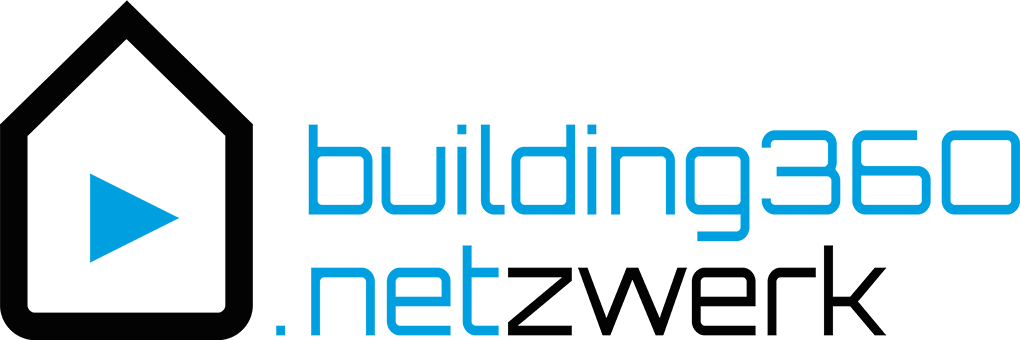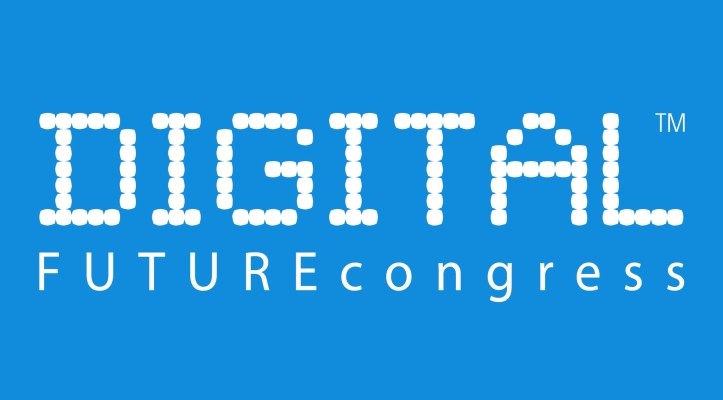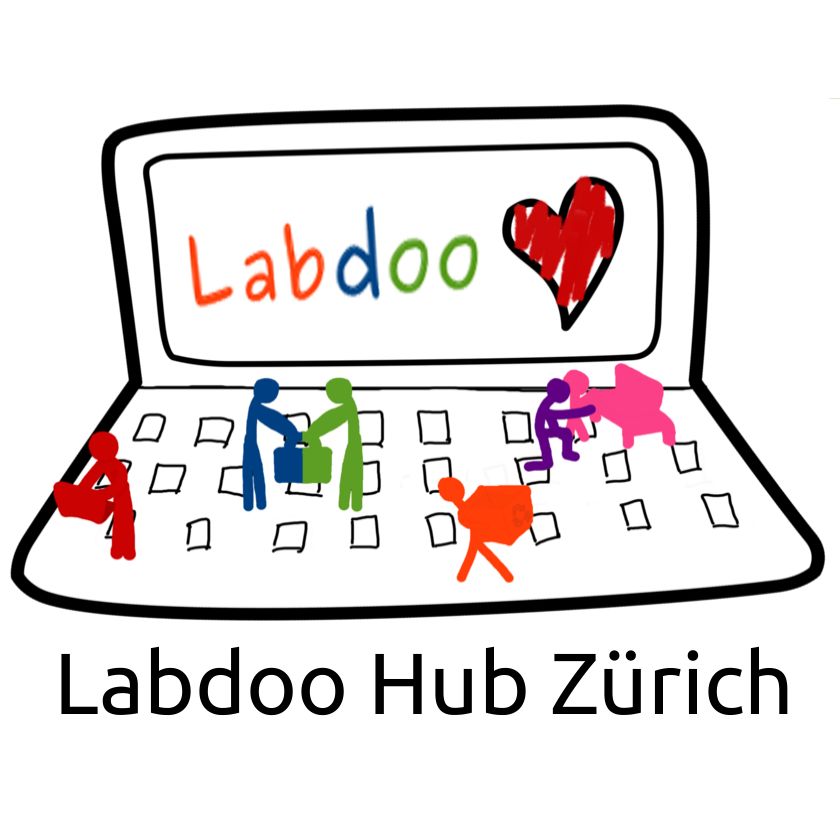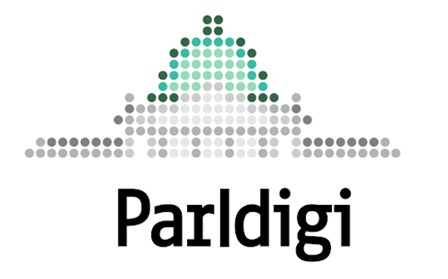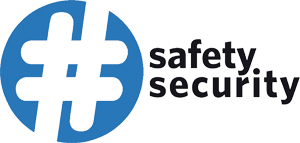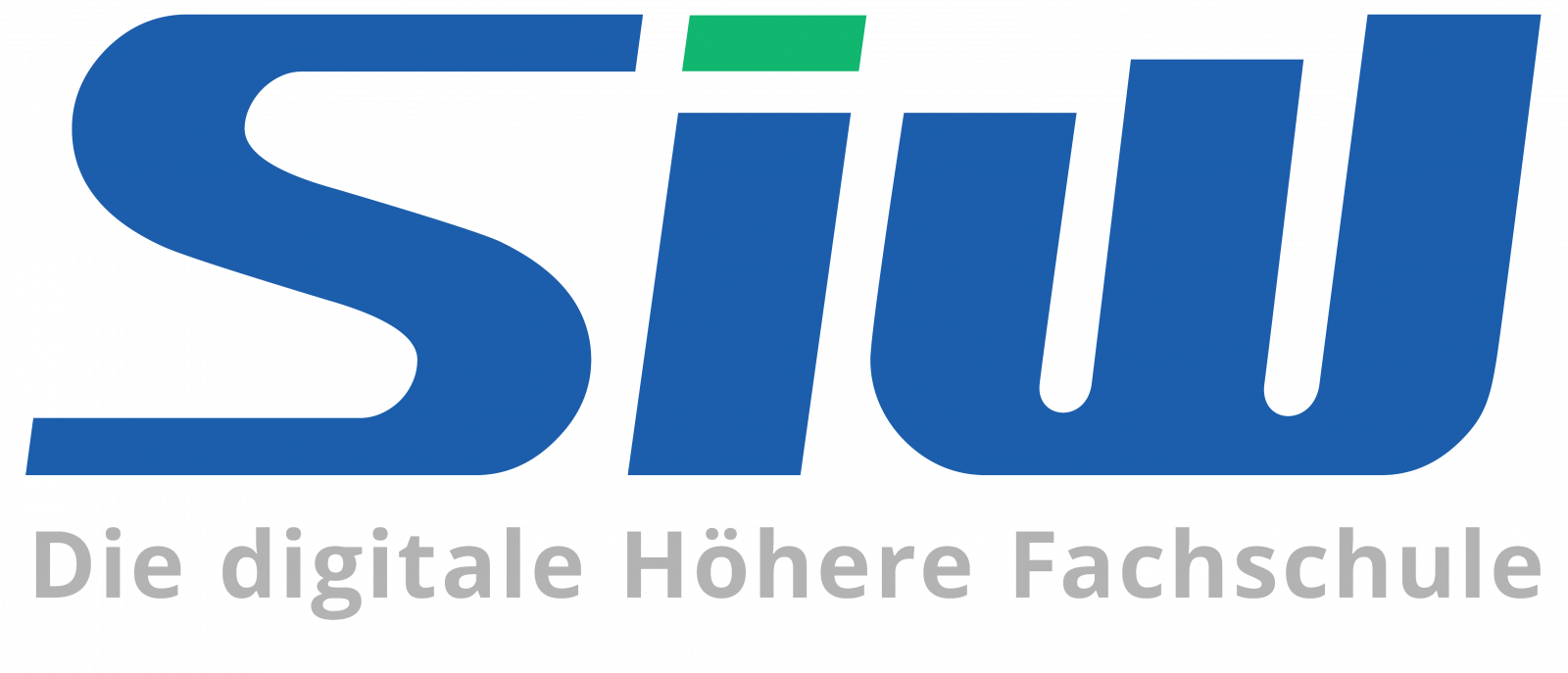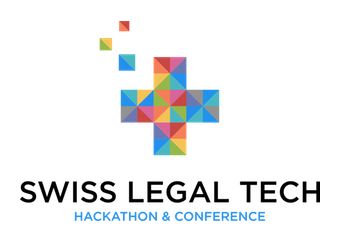IoT Is Transforming Operations, Customer and Employee Experiences, and Generating Growth
Author: Ricardo Saltz GulkoQuelle: eglobalis.com
Partly in reaction to this pandemic, global manufacturers and tech developers such as Qualcomm, Samsung, VW, and others are transforming. Whether it relates to their customers or their factories, production lines, logistics, shop floors, or stores, these transformations were, in many ways, envisioned several years ago by Fjord (now part of Accenture). Around 2014/2015, Fjord Chief Client Officer Mark Curtis and his team developed what they called the era of living services, or the digitalization of everything. I spoke about that few years ago here while discussing IoT and the very profitable British model of servitization. Today, I am connecting it with Customer, Employee, and Operations Experience as services, based on changes that occurred during these last several months.
The digitalization of everything is an undeniable fact. It’s happening right in our faces. Our present and future are connected with remote work: many of us are not returning to offices. This simply reiterates what I have already mentioned about modern adaptive humans and business models, as well as the future of Customer, Employee, and Operational Experiences. All of these are interconnected.
Things that were once theoretical are now our reality. Manufacturers are administrating almost all logistics, supply chains, and operations using IoT analytics, hyper-sensitive sensors, and AI, which are evolving fast. Industry 4.0 is more alive than ever, and in several verticals, this is changing the way corporations are delivering services and experiences now and in the future. But everything we are living today comes from one company’s vision, which understood the interactions between humans, emerging technologies, design, and experiences.
The change is happening
Companies of any size have a primary headquarters somewhere in the world, and many even have regional headquarters locations and smaller branches. This is about to change as companies will decentralize their locations even further to generate more flexibility and to enhance the ability of their organizations to deliver better, faster, and more efficient experiences. This can also help create a feeling of belonging in a community where your customers are located.
One of the initial changes I see coming, is that large and medium corporations will stop their dependency on specific geographical regions, talents, and technologies. This move will enable them to deliver solutions and solve issues nimbly, increasing their ability to create great experiences, especially after the sales cycle is completed. The capacity to collect real time data is also more important now than ever before.
Micro-specialized, strategically-located services
Some experts at BCG recently claimed that, after the pandemic, services and experiences that are aligned with evolving technologies will be increasingly delivered by micro-teams prepared to solve any problem, anytime, in or near their neighborhood, with highly-skilled personnel and teams with diverse experience. In some respects, these are self-sustaining groups that could have capabilities such as the ability for the 3D printing of any component for a machine or a simple product, or even collaborating and solving issues using a variety of digital technologies and tools, including AI, IoT, robotics, and anything related to preventative analytics.
The supply chain is already going through several changes. Instead of just giving customers a hyper-personalized experience, we should be delivering hyper-personalized and ultra-industrialized offerings in real time and aligned with the servitization mindset. This means purchases, as we perceive them today, will keep evolving toward pay-per-use, requiring an even higher level of accuracy, effectiveness, and delivery timing (since your organization must ensure everything is working 24/7). GE and Rolls Royce already did this with their airplane turbines eight years ago. Now this strategy works for all sectors and niches. Imagine a gas platform having its own team from the machine supplier working there 24/7. Problems can be solved as they arise.
The HQ work and strategy will start to focus more on enabling this upcoming type of decentralized, agile, and flexible business model. Technology and customer needs are leading us all in that direction. As BCG highlighted, we should follow Lego’s “mixed approach” for our customers, with preventative modelling instead of reactive.
The future of Customer, Services, and Operations Experience is happening now
We live and interact with our surroundings, but…
Regardless of whether they are B2B or B2C, companies are enhancing their abilities to continuously learn about us humans and adopt technologies to do that better. They utilize different kinds of data, insights, and sources, learning about our daily behaviors, routines, and likes and dislikes. Often, the intention is to keep us coming back and staying engaged.
Interestingly enough
When visiting one of VW’s factories last year, I was impressed by the robotic assembly line. As I walked, I approached the automated robot region, where there were a lot of very fast movements happening. A sensor recognized my presence and told me in German and English to not go any further. This didn’t surprise me; rather, it was impressive. If I did not obey, all the robots on the assembly line would have stopped, instead of risking injuring me. This is one example of a protective smart complexity that saves lives.
Imagine a supply chain that doesn’t need humans. 100% automated. From the supply of raw materials, all the way to the shop floor. Imagine for a second if this system could collect replacement parts, purchase products or new units, and fulfill orders from the moment a unit was sold in a retail shop. We actually have all the technology in place to do that based on IoT, AI, supply chain systems such as ERP’s systems, and secure ordering management with blockchain. There’s even a great network where it’s already happening on a certain level – the SAP Ariba Network – but the systems are still separated. We are not there yet, but we are approaching it. IoT opens up many opportunities – such as visual recognition for supply chains – that we are not yet exploring for their full potential. And as algorithms get better, things will become more efficient.
Now imagine one step further, using IoT systems as Operations Experience enablers.
- If each physical product your company acquires can be replaced without human interference, so that never again will a shelf in any store or retail be empty, as we saw so often during the pandemic. These technologies already exist, but they are not yet totally automated and delivering their maximum potential. Integrations, API’s, drivers, and algorithms are part of the key solution to current challenges. Algorithms still have a long way to go until it achieve a human like level.
- If your turbine, truck, or anything can be controlled by IoT, data analytics, and AI, alongside, a supply chain software such as SAP Ariba – a huge network between supplies and buyers. Imagine the power of an order management, operations, and billing administration system that is 100% interconnected and fully automated, from a store to a simple airplane. Think about potential savings in operational and administrative costs. Wouldn’t it be nice if, by changing and enhancing some sensors, we could automatically order anything that is about to spoil or stop functioning? This would mean having the entire supply chain fully automated – with the exception of certain functions where human interaction is needed.
- Algorithms, with their ability to learn, could more quickly solve problems and malfunctions generated by software and hardware bugs and design issues.
- Using cloud solutions today, we can solve issues up front with simple seamless releases of new local version. The industry is aiming to develop algorithms, that could enable technology to solve its own problems and rewrite its own codes. We are getting there.
- Technologies and Thoughts: No buzzwords, just design for Operation Experience
- From an organizational standpoint, we should stop using buzzwords like “service design” or even “CX”, except in relation to activating customers and mass consumption/adoption. For enterprises using only human-centered designs, it is not enough to talk about improving experiences. What is enough – as Toyota and Samsung do so well – is to design the best way to create efficient processes for humans and operations. We already have Just-in-Time Delivery Systems. Now we should automate all existing processes and operations, the way VW is aiming to do. It will save costs and time, and it will generate faster growth.
Operations Experience design
Experience design is an evolving art that utilizes different methodologies, technologies, and design tools. It eventually will become a part of our daily lives to enhance the efficiencies of the operations, customers, and employees in our businesses. We know that we need to address our stakeholders. Humans are moving away from generic experiences – the one-size-fits-all mindset – and instead toward tailored and intuitive designed experiences, where everything’s specifically prepared for you and me.

























